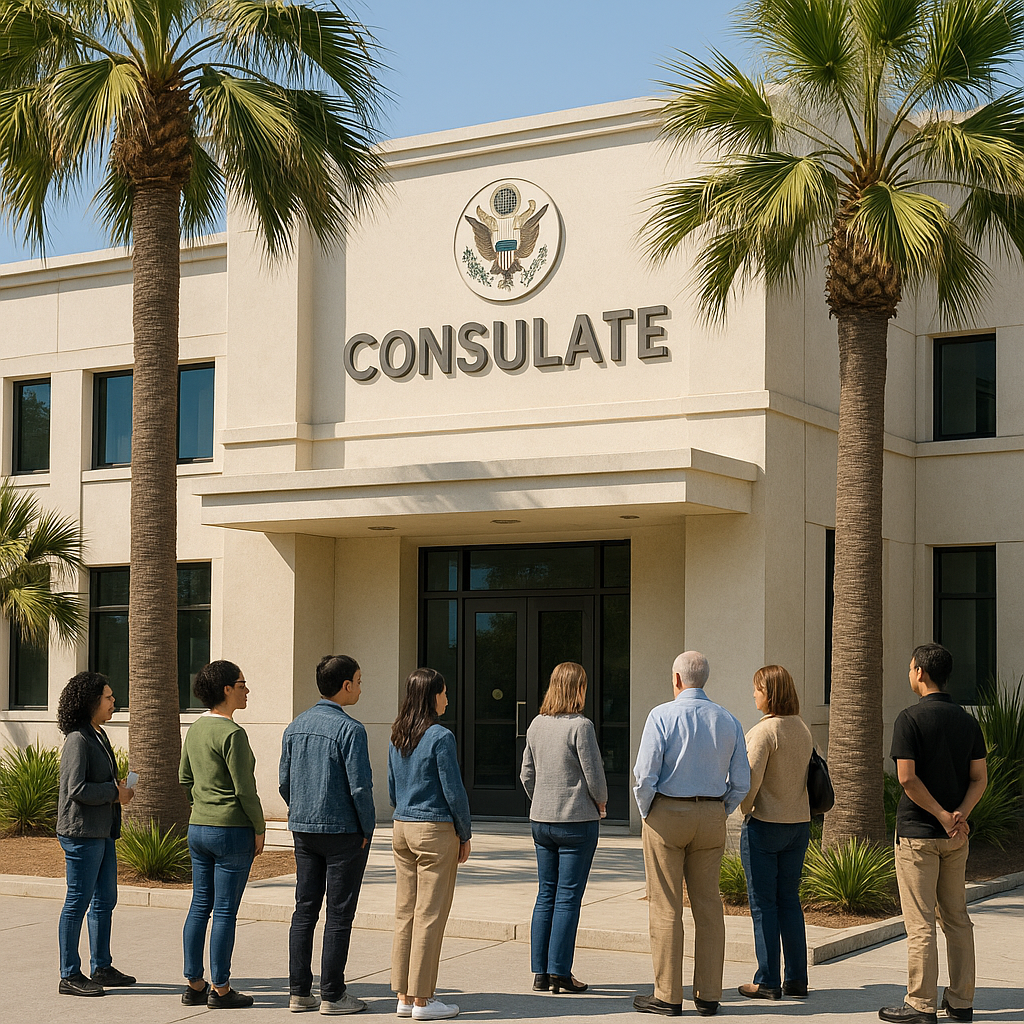Understanding the Family Petition and Consular Process: A Step-by-Step Guide
Starting the path to legal residency when you go through the consulate

If you’re hoping to reunite with your loved ones in the United States through legal immigration channels, a family-based petition followed by the consular process may be the right path for you. This guide walks you through the initial eligibility requirements, the steps involved, and important legal considerations such as waivers and inadmissibility.
Step 1: Determine Your Eligibility for a Family Petition
Before starting any immigration process, the first question is: Are you eligible to be petitioned by a family member?
You may qualify if:
- You are married to a U.S. Citizen or a Lawful Permanent Resident (Green Card holder).
- You are the adult child (21 or older) of a U.S. Citizen.
Note: This blog will not cover petitions between siblings or parents. Those family categories follow different timelines and processing requirements.
Step 2: The Family Petition (Form I-130)
Once eligibility is established, your U.S. Citizen or Lawful Permanent Resident relative must file a Form I-130 (Petition for Alien Relative) on your behalf. This form establishes the familial relationship and begins your immigration journey.
If the petition is approved and you are outside the U.S., your case will be transferred to the U.S. consulate or embassy in your country of origin to begin the Consular Process.
Step 3: Check for Inadmissibility Issues
Before you can move forward, it’s essential to ensure you are admissible to the United States. This means:
- You have no disqualifying criminal history.
- You have not been previously deported or removed.
- You have not entered and re-entered the U.S. without permission.
If you have any of the above issues, you may be inadmissible and will need a waiver to continue with your case.
Step 4: Do You Need a Waiver?
If you are currently in the United States and have been here unlawfully for more than 180 days, leaving the country could trigger a 3- or 10-year bar from returning.
However, you may qualify for a waiver if you have:
- A U.S. Citizen or Lawful Permanent Resident spouse or parent, and/or
- A U.S. Citizen child.
To be granted a waiver, you must show "extreme hardship" to your qualifying relative(s) if you are not allowed to return to the U.S.
Once your waiver is approved, the consular process can resume.
If you are outside the United States and do not have any inadmissibility issues, you typically do not need a waiver. If you have been outside of the United States for the required term of your bar, you will need a waiver after the Consulate issues a denial and states the type of waiver that you need.
Step 5: Beginning the Consular Process
With the I-130 approved and any required waivers granted, you move into the consular processing phase, which involves:
1. Filing the DS-260 Online
This is the Immigrant Visa Application. It must be submitted electronically through the Consular Electronic Application Center (CEAC).
2. Uploading Supporting Documents
You must upload:
- Civil documents (birth certificate, marriage certificate, police certificates)
- Affidavit of Support from your sponsor (Form I-864)
- Passport-style photos
- Copy of your valid passport
3. Medical Examination & Biometrics
Before your visa interview, you must:
- Schedule and complete a medical exam with an approved panel physician.
- Schedule a fingerprint (biometrics) appointment, if required by the consulate.
4. Attend the Interview
At your consular interview, an immigration officer will verify your documents and assess your eligibility. If everything is in order, your immigrant visa will be approved, and you can travel to the U.S. as a lawful permanent resident.
Final Thoughts
The family petition and consular process are powerful tools for family reunification but require careful planning, legal knowledge, and attention to detail. If you are facing potential inadmissibility issues or require a waiver, consulting with an experienced immigration attorney can greatly improve your chances of success.
If you think you or a loved one might be eligible to begin this process, reach out for a consultation to understand your options and start your path toward permanent residency.



